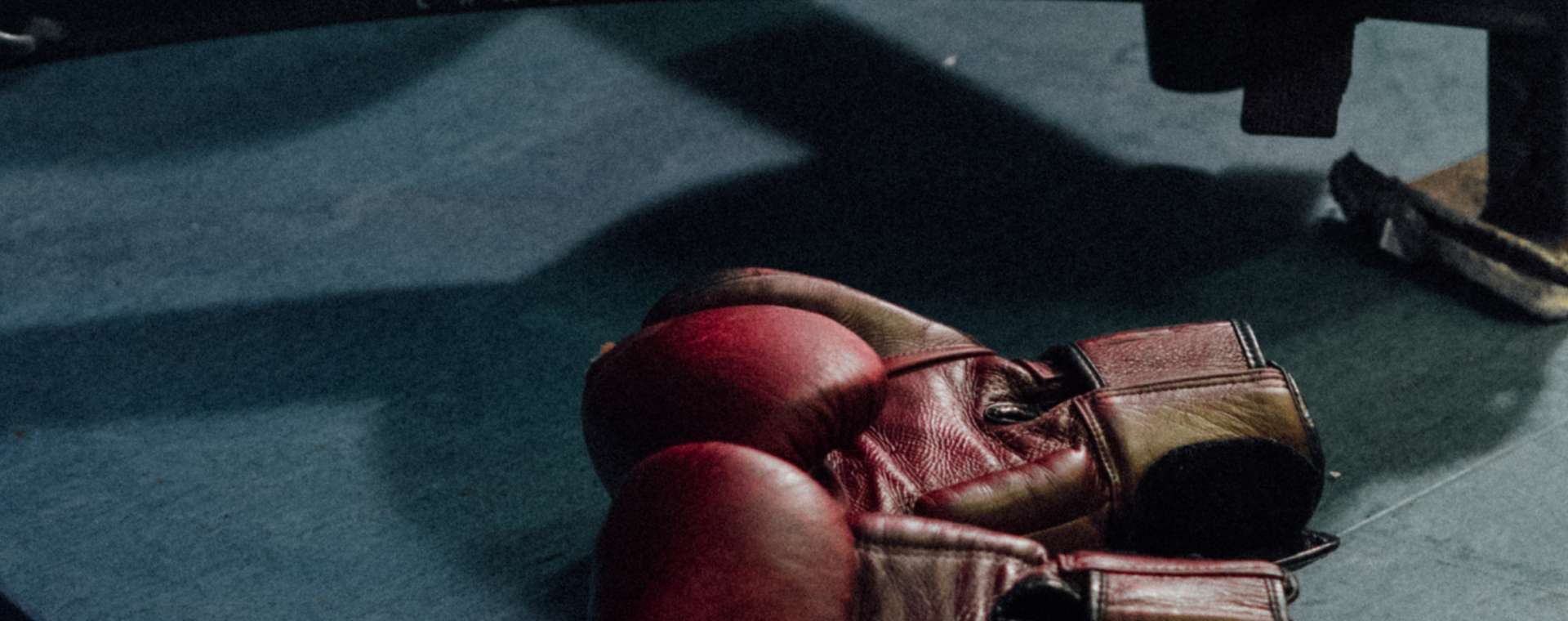
Why Strangers Get Our Grace—and Loved Ones Get Our Edge
I’ve been thinking a lot about a pattern I’ve noticed in myself and in others — a quiet, uncomfortable truth that shows up in small moments. It’s the way someone can be endlessly warm and welcoming to strangers, yet surprisingly sharp, impatient, or critical with the people closest to them.
It’s odd when you step back and look at it. How can the same person who chats kindly with a barista or gives a stranger on the street a big smile turn around and speak with irritation to their partner, their family member, or their closest friend? Why does our gentleness evaporate in the spaces where we are supposedly safest?
It’s a reflection based on lived experience, with a light nod to what psychology suggests — that we often put our “best self” forward with strangers while letting our guard down with those we love.
I’m not writing this as a scientist. There are studies and essays that hint at this dynamic — ideas about how familiarity lowers our guard and how we monitor ourselves more carefully around people we don’t know. Strangers get the polished version of us. Loved ones get the unfiltered one. With that lowered guard comes frustration, history, expectations, and emotional weight.
But I think something deeper is happening. With loved ones, we believe we’re safe. We expect to be understood and forgiven. So we stop performing and start unloading. And somewhere in that shift, we forget that the people we love most still deserve our tenderness.

When the Real Talk Begins: After the Dinner Party
One place this shows up for me is after hosting. I love opening our home, planning a great evening, making sure people feel welcome and cared for. And afterward, I also love being able to decompress with my husband — to kiki, laugh, and yes, sometimes bitch a little about the night or certain guests.
That decompression isn’t about being fake or two-faced. It’s not that I didn’t enjoy myself or that we weren’t incredible hosts. Honestly, I often come away thinking, We were amazing. We put in the work, created a beautiful space, and made sure people were seen and cared for.
The paradox: some guests simply don’t match the effort and energy you pour into the night — yet you still show up fully for them.
But the truth is, some guests simply don’t deserve all the effort we put in. Or at least, they don’t always reciprocate. They might be self-absorbed, ungrateful, or oblivious to the energy it takes to host well. Talking about that afterward — with honesty and humor — is part of how I release the night. It’s how I process the imbalance between what we gave and what came back.
And here’s the key part: when I express that, it isn’t a criticism of my husband, or his effort, or us as a team. It’s the opposite. The venting, the eye-rolling, the “can you believe they…?” is rooted in the sense that we showed up, we did the most, and we did it beautifully. It’s frustration that not everyone handled that gift with the same care.
“When I vent after the party, I’m not questioning our effort. I’m honoring it. I’m saying you and I did something special — and not everyone knew how to receive it.”
The Safe Space to Be Unfiltered
The person you love most often becomes the place where all of your unfiltered reactions land. After everyone leaves, that’s the person you turn to with your shoes off, your guard down, and the truth pouring out. You laugh about the awkward moment, roll your eyes about the person who never said thank you, or quietly acknowledge the way someone’s behavior stung.
For me, feeling safe means knowing I can do that without it being misread as ingratitude or negativity — and without it being interpreted as a lack of appreciation for my partner’s effort. I can think we were phenomenal hosts, be proud of the night we created, and still admit that some people didn’t quite rise to meet it.
“I love that we do this together. I’m proud of us. And I want to feel free to be completely honest with you about how it all landed.”
Extending Kindness Where It Matters Most
All of this brings me back to that original tension: we can be endlessly kind to people we barely know, and yet the people who love us most don’t always get the same softness. After a dinner party, guests may get the best of our charm, while our partner gets the tired, unfiltered download.
I don’t think the answer is to stop being kind to strangers. I don’t even think the answer is to stop venting in private — that honest debrief can be a powerful way to connect. What does matter is that the person we love can feel the difference between criticism and connection, between complaining about others and complaining about them.
At the end of the night, I want my husband to know this: when I kiki and bitch about some of the guests, I’m not undoing the evening, and I’m not dismissing his effort. I’m trusting him with my unfiltered thoughts. I’m saying, “We did something beautiful. Not everyone deserved it. But I’m so glad I did it with you.”














